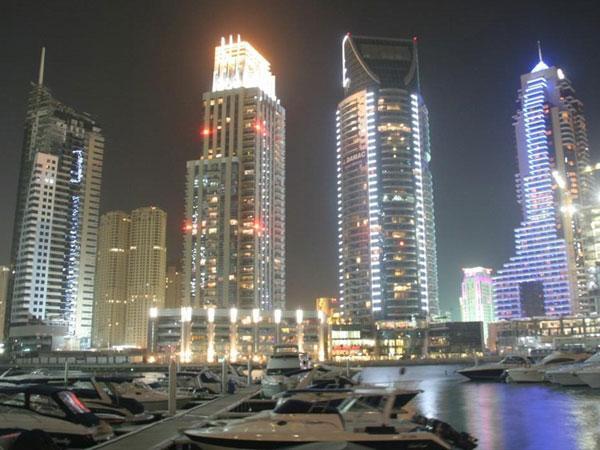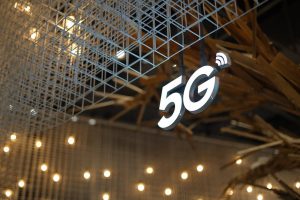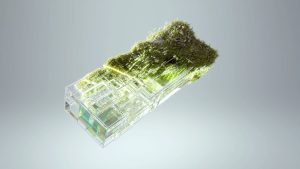Middle East Advances in Data Centre Infrastructure with Landmark Projects in Dubai and Oman

The Middle East continues to solidify its position as a hub for cutting-edge data centre infrastructure, with significant recent developments in Dubai and coastal Oman. These projects promise to enhance connectivity, bolster cloud capabilities, and accelerate technological advancements in the region. Key announcements from global players Turner & Townsend and Ooredoo underline the increasing investment and strategic importance of data centres in this region.
Dubai’s Hyperscale Data Centre Push
Turner & Townsend, a renowned global professional services company, has been tasked with overseeing project and cost management for a new hyperscale data centre in Dubai. This facility, set to be built on a 20,000-square-metre greenfield site, will significantly enhance local operator du’s data centre capabilities. Not only does it aim to expand Dubai’s hyperscale cloud infrastructure, but the facility is also designed with cutting-edge features emphasizing energy efficiency, resilience, and scalability. One of the notable goals is to achieve LEED Gold certification, underlining its commitment to sustainable development. Once complete, this state-of-the-art facility is set to attract international operators while bolstering Dubai’s reputation as a digital innovation hub.
Salalah: Oman’s Gateway for Global Connectivity
In coastal Oman, Ooredoo — a leading multinational telecommunications provider — has announced an ambitious project combining a data centre and a submarine cable landing station in Salalah. The facility, strategically located in the Dhofar region, plays a key role as a critical node for international connectivity by linking Asia, Europe, and Africa. This is Oman’s first class 3 compliance data centre integrated with a submarine cable landing station, providing infrastructure to support modern cloud services, AI applications, and edge computing initiatives.
The Salalah facility starts with the capacity to house 125 full server racks, with plans to expand to 500 racks as demand grows. In doing so, it will provide a secure and efficient gateway for global subsea cable systems, enhancing network resilience, reducing latency, and improving connectivity speeds. The state-of-the-art design accommodates everything from enterprise IT hosting to advanced digital services, offering businesses and government entities access to faster, more reliable, and locally hosted solutions.
Regional Impact and Global Significance
These developments signal a broader trend of transformation in the Middle East’s digital infrastructure landscape. In addition to advancing regional connectivity, Ooredoo’s Salalah hub strengthens Oman’s position as a connectivity gateway and enhances the group’s global digital footprint. This facility is expected to attract hyperscalers, cloud providers, and international operators, creating valuable synergies across Ooredoo’s subsidiaries and boosting the region’s competitiveness in the global digital economy.
Meanwhile, Dubai’s hyperscale data centre will play a pivotal role in expanding cloud capabilities in the UAE, helping businesses scale their digital operations. Both projects underscore the Middle East’s commitment to embracing technological innovation and fostering sustainable, resilient, and efficient digital ecosystems. With increasing investments in submarine cables, edge computing, and AI-ready facilities, the region is poised to play a pivotal role in the future of global connectivity.



